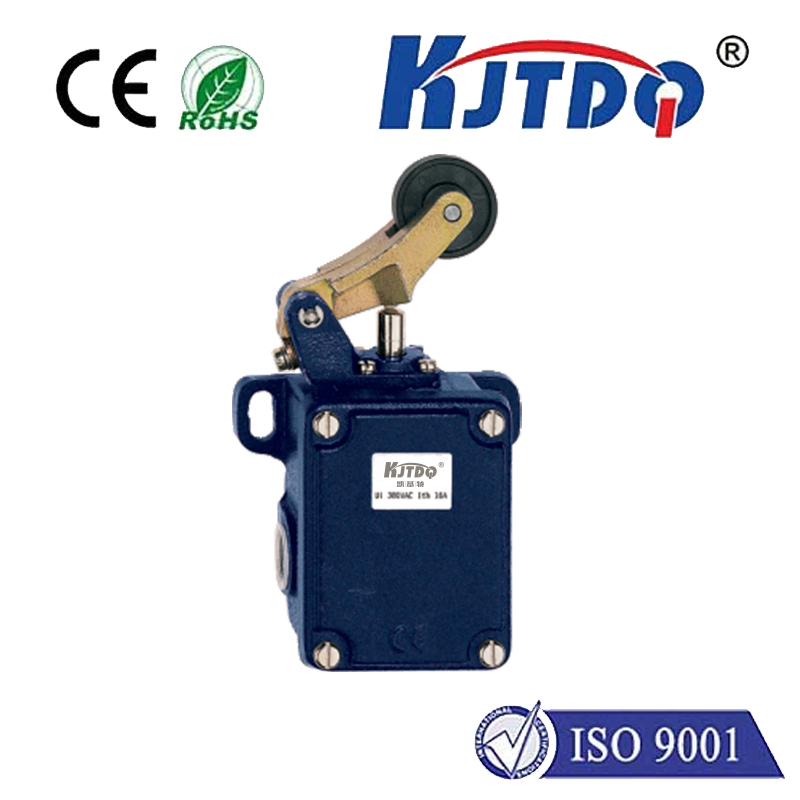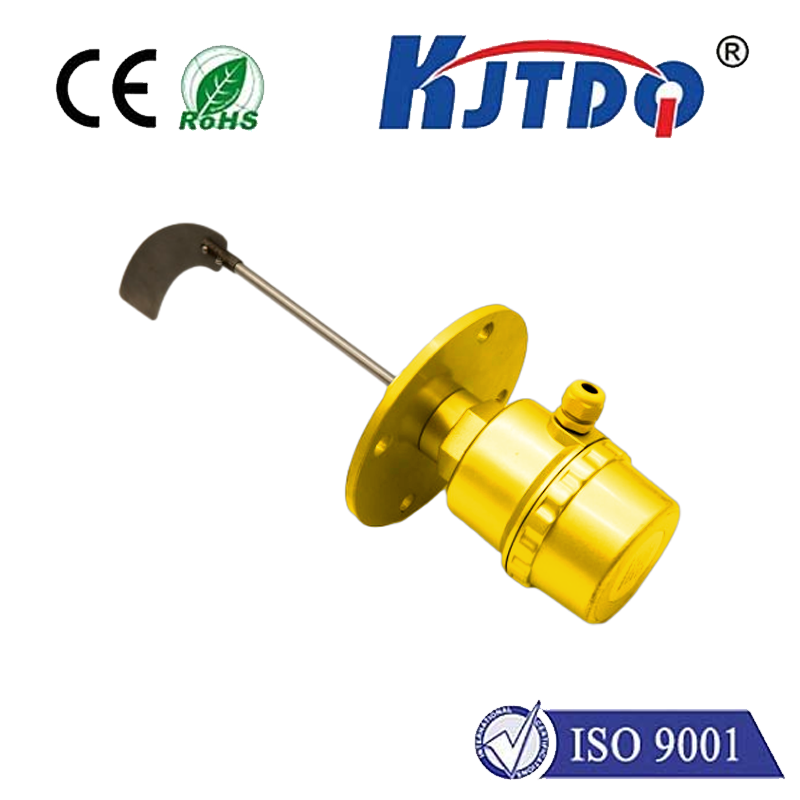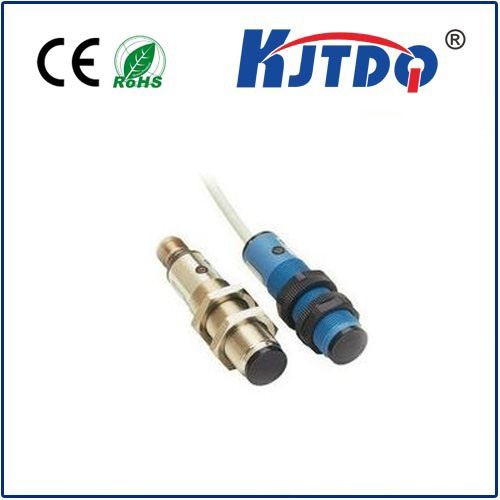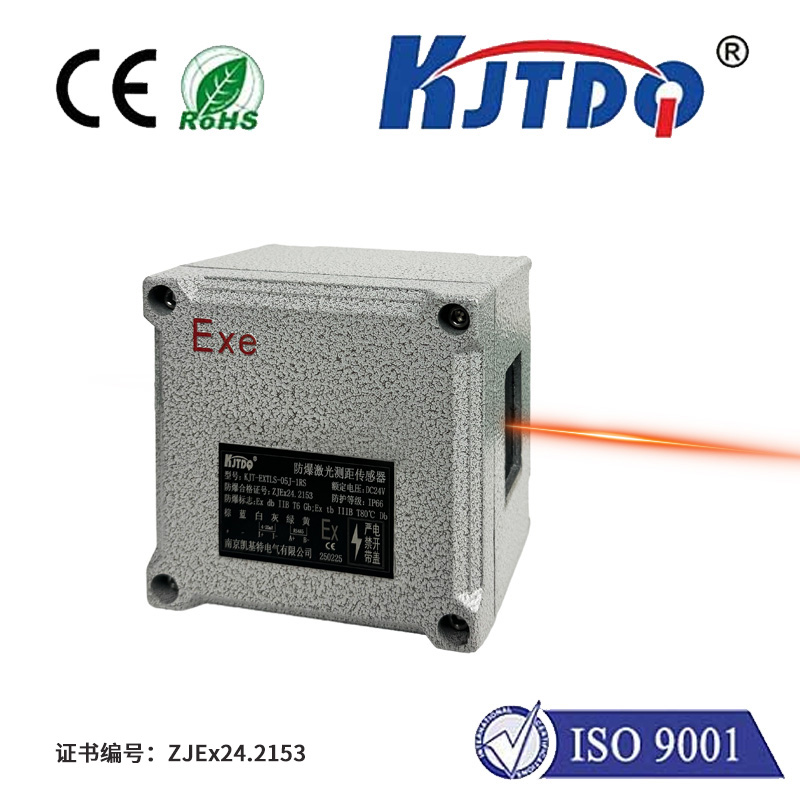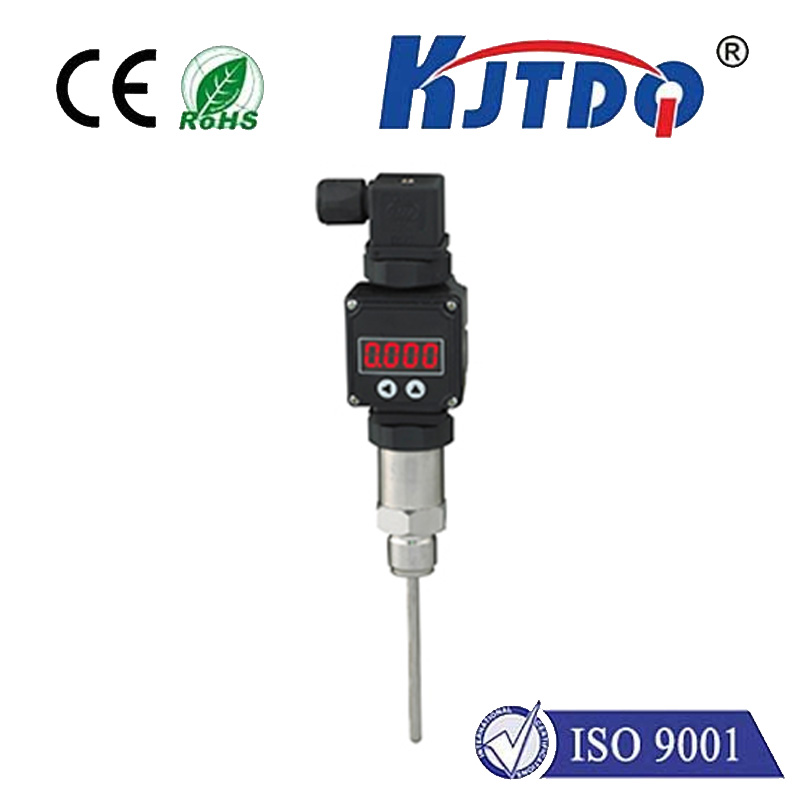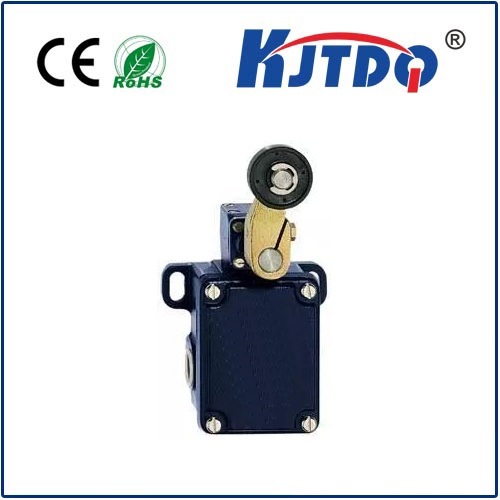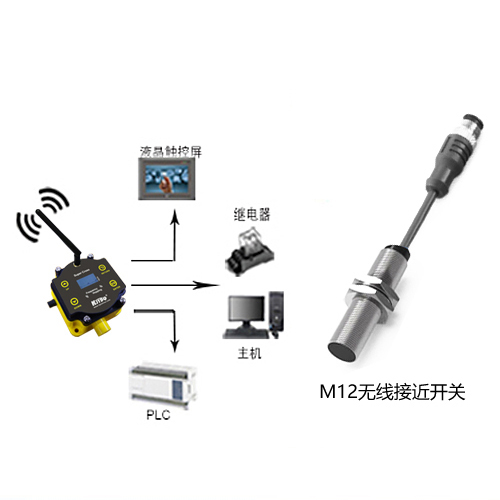proximity sensor 3wire 24volts
- time:2025-09-06 05:34:44
- Нажмите:0
Navigating the Essentials: Your Guide to 3-Wire 24V Proximity Sensors
Imagine a factory floor humming with precision. Robotic arms assemble parts flawlessly, conveyor belts glide seamlessly shifting items, and machines operate with uncanny synchrony. What often goes unseen, acting as the silent sentinels enabling this orchestration, is a vast network of proximity sensors. Among the most reliable and widely used variants in industrial automation are the 3-wire DC proximity sensors, particularly those operating at the industry-standard 24 volts. If you work with machinery, automation, or control systems, understanding these workhorses isn’t just useful – it’s often essential.
What Exactly is a 3-Wire 24V Proximity Sensor?
At its core, a proximity sensor is a non-contact electronic device designed to detect the presence or absence of an object within its sensing range without physical touch. Unlike mechanical switches, they offer wear-free operation, high reliability, and fast response times. When we specify “3-wire” and “24 volts,” we’re defining two critical aspects: its power and signal interface architecture and its operating voltage.
- Operating Voltage (24V DC): These sensors are designed to work specifically with a 24-volt direct current (DC) power supply. This voltage level has become the de facto standard in industrial control systems worldwide, striking an optimal balance between safety (being lower than hazardous voltages like 110V AC or higher), sufficient power for driving loads, noise immunity, and compatibility with Programmable Logic Controllers (PLCs) and other control equipment. Using the correct voltage is paramount; applying higher voltage can destroy the sensor, while lower voltage might prevent it from functioning correctly or reliably.
- 3-Wire Configuration: This refers to the wiring scheme. Unlike 2-wire sensors which combine power and signal into a single loop, or 4-wire sensors that might offer dual outputs, the 3-wire design provides distinct connections:
- Brown Wire: This is the positive supply voltage input (+V, typically +24V DC).
- Blue Wire: This is the supply voltage common or ground (0V).
- Black Wire: This is the Выход сигнала wire. This is where the sensor communicates its detection state.
The Heart of Detection: How They Work

The most common type of 3-wire 24V proximity sensor is the inductive proximity sensor. It excels at detecting metallic targets (ferrous metals like iron/steel generally provide the longest range).
- Generating the Field: Inside the sensor’s active face (the sensing surface), an oscillator generates a high-frequency electromagnetic field.
- Target Interaction: When a conductive metal target enters this oscillating field, eddy currents are induced on the surface of the target.
- Damping Effect: These eddy currents draw energy from the sensor’s oscillator circuit.
- State Change: The resulting damping or reduction in oscillation amplitude is detected by the sensor’s evaluation circuitry.
- Signal Output: Based on the presence (damping detected) or absence (no significant damping) of the target, the sensor’s output circuit switches its state.
The Critical Distinction: Output Types (NPN vs. PNP)
The functionality of the Выход сигнала (black wire) is where the major differentiation within 3-wire sensors occurs. You must know which type you have or need:
- PNP Output (Sourcing):
- When the sensor detects a target, the PNP transistor inside the sensor switches ON.
- This connects the signal output wire (black) internally to the positive supply voltage (brown, +24V).
- Effectively, it sources positive voltage to the load (e.g., a PLC input).
- Think: “PNP = Positive Switching.” Sensor ON = Output is +24V.
- Commonly associated with PLCs designed for positive logic sourcing inputs, prevalent in Europe and many regions.
- NPN Output (Sinking):
- When the sensor detects a target, the NPN transistor inside the sensor switches ON.
- This connects the signal output wire (black) internally to the supply common/ground (blue, 0V).
- Effectively, it sinks current to ground from the load.
- Think: “NPN = Negative Switching.” Sensor ON = Output is 0V (Ground).
- Commonly associated with PLCs designed for negative logic sinking inputs, prevalent in Asia and North America, though global usage exists for both.
Understanding the Switching Action
Regardless of PNP or NPN, modern 3-wire 24V proximity sensors typically function as switches. They are designed to drive a load directly within their specified current capacity (commonly 100-300 mA). The most fundamental output configuration is Normally Open (NO):
- Normally Open (NO):
- No Target Present: The output circuit is OFF (open). For a PNP, this means the black wire has no connection to +24V. For an NPN, this means the black wire has no connection to 0V. Current doesn’t flow through the output to the load.
- Target Detected: The output circuit switches ON (closes). For a PNP, black wire connects to +24V. For an NPN, black wire connects to 0V. Current flows, signaling the detection state to the PLC or connected device.
Why Choose 3-Wire 24V Proximity Sensors?
Their ubiquity in industrial settings stems from compelling advantages:
- Robustness and Reliability: Sealed housings (typically IP67 or higher) protect against dust, moisture, oils, and coolants. No moving parts means minimal wear and tear, leading to long operational life.
- High Switching Frequency: Capable of detecting objects moving at high speeds (hundreds or even thousands of times per second), essential for fast-paced automation.
- Non-Contact Operation: Eliminates physical impact, preventing damage to both the sensor and the target object.
- 24V DC Standardization: Simplifies system design, power supply selection, and integration with PLCs, reducing wiring complexity and cost. 24V DC offers inherent safety advantages over higher voltages or AC mains.
- Clear Signal Separation (3-Wire): Provides dedicated power and signal paths. This allows for simpler diagnostics compared to 2-wire sensors and avoids potential loading issues affecting the supply. The separate output can directly drive PLC inputs or small relays efficiently.
- Diverse Applications: Foundational components in countless scenarios: Position sensing on conveyors, end-of-travel detection for cylinders, part present/absent verification, counting objects, rotary speed monitoring, machine guarding (as part of a safety system), and level detection (for metallic substances).
Key Considerations for Selection and Use
Choosing the right sensor involves more than just grabbing a “3-wire 24V” unit off the shelf:
- NPN or PNP? This is non-negotiable. Match the output type (sourcing PNP or sinking NPN) to the input requirements of the device it connects to (usually your PLC input card). Mismatching can lead to malfunction or damage.
- Sensing Principle: While inductive is common for metals, know your target material. For non-metals, capacitive sensors

